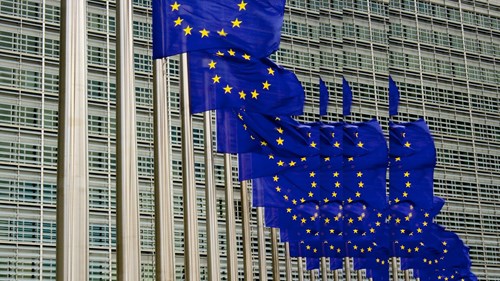Final steps in the adoption of the EU carbon border adjustment mechanism
On 9 February 2023, the responsible Committee of the European Parliament, the Committee on the Environment, Public Health and Food Safety, voted in favour of two proposals of the Fit for 55 package: the proposal to review the EU Emissions Trading System (hereafter “ETS”) and the proposal on the EU’s Carbon Border Adjustment Mechanism (hereafter “CBAM”). The Fit for 55 package aims to address climate change by reducing net greenhouse gas emissions by at least 55% by 2030 compared to 1990 levels and to achieve climate neutrality in 2050. Please see our previous News Alerts on the provisional agreement on the CBAM and its implications for companies here and on the agreement on the revision of the EU ETS here.
Key Features of the CBAM
The CBAM aims to create incentives for non-EU producers to reduce emissions, by targeting imports of products in carbon-intensive industries listed in Annex I. It acts as a preventive measure to ensure that the EU greenhouse gas emissions reduction efforts are not offset by relocating carbon-intensive production to other non-EU countries where efforts are not as stringent.
The CBAM is designed to complement the EU Emissions Trading System (hereafter “EU ETS”) and is intended to serve as an alternative means of reducing the risk of carbon leakage by allocating free ETS allowances to energy-intensive industries. Free allocation of allowances under the ETS will be gradually phased out as the CBAM is phased in. The phase in process will begin in 2026 and end in 2034. Until the ETS phase out is completed, the CBAM will only apply to the proportion of emissions that are not covered by free allowances under the ETS. This will be achieved by obliging relevant parties to purchase CBAM certificates to pay the difference between the carbon price paid in the production country and the price of carbon allowances in the EU ETS.
As regards the scope, the CBAM will apply to imports from sectors at greater risk of carbon leakage: iron and steel, cement, aluminium, fertilisers, electricity generation, hydrogen, certain precursors as well as some downstream products such as screws and bolts and similar articles of iron or steel; with the exceptions of imports from third countries participating in the ETS or a similar mechanism. Indirect emissions will only be covered under certain conditions. An extension of the scope will be considered after the transition period until 31st December 2025.
The CBAM will be introduced from 1st October 2023. In order to enable an adjustment to the new mechanism, the obligations imposed during the transition period until 31st December 2025 shall be limited to reporting. In particular, importing companies will have to file quarterly CBAM reports, no later than one month after the end of each quarter. These reports shall include the total quantity of each type of goods, the actual total embedded emissions, the total indirect emissions and the carbon price due in a country of origin for the embedded emissions in the imported goods.
The CBAM will become fully operational from 2026 onwards, subjecting companies to the financial impact of the carbon levy. It is important to note that goods can only be imported into the customs territory of the EU by an authorised CBAM declarant; therefore, any importer established in a Member State shall apply for the status of authorised CBAM declarant. By 31st May of each year, the authorised CBAM declarant shall submit through the so-called CBAM registry, a number of CBAM certificates that corresponds to the embedded emissions declared. It is Member States’ responsibility to sell CBAM certificates to authorised CBAM declarants established in their respective country at the price calculated in accordance with the CBAM. Failure to submit the CBAM certificates by the authorised CBAM declarant implies the payment of a penalty.
The Commission is responsible for monitoring the functioning of the CBAM. Before 1 January 2028, as well as every two years thereafter, the Commission shall present a report to the European Parliament and the Council on its application. Additionally, the Commission shall assess the effectiveness of the CBAM in addressing the carbon leakage risk for goods produced in the Union for export to third countries.
Next Steps
The proposals are expected to be placed on the agenda of the April plenary session (17-20) of the European Parliament for the final vote. Should the European Parliament adopt the proposals as set out in the compromise texts agreed in December 2022, the Council would then approve them in the same wording.
The CBAM will come into force 20 days after its publication in the EU Official Journal, which is expected for May 2023.
The CBAM will impose a new regulatory framework upon companies active in the relevant sectors. Now is the time for companies to prepare for the transition phase of reporting obligations from 1st October 2023.
Well
informed
Subscribe to our newsletter now to stay up to date on the latest developments.
Subscribe now


